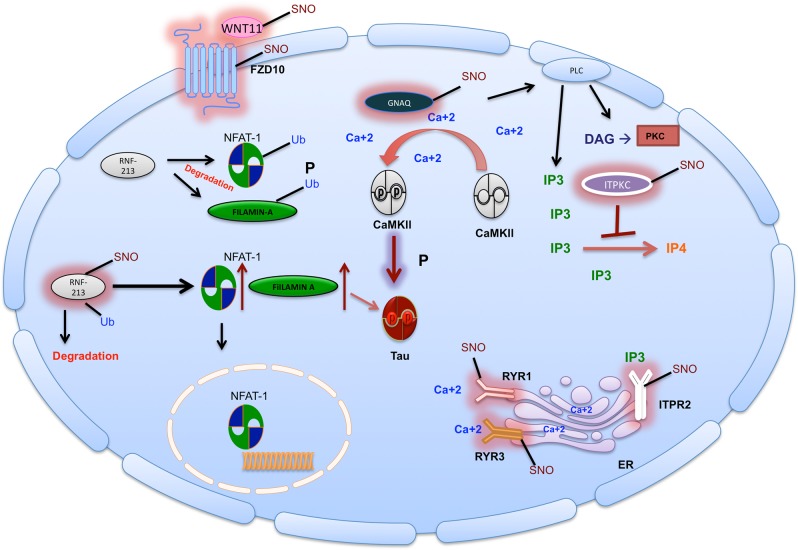Fig. 5. S-nitrosylation alters the non-canonical Wnt/calcium signaling pathway.
Right side: SNO of RYR lead to Ca++ release from the ER. SNO of IP3R may also lead to Ca++ out-flux from the ER. ITPKC, the enzyme that converts IP3 to IP4, when SNOed leads to the its inhibition. SNO-ITPKC leads to increase of IP3 that activates IP3R. Altogether, this leads to increase of Ca++ release from the ER. Middle: Ca++ release from the ER as a consequence of SNO of different proteins as indicated above, activates CaMKII and leads to increase of its auto-phosphorylation and activation. As occurs in tauopathy, CaMKII hyper-phosphorylates tau. Left: RNF-213 is an E3 ubiquitin-ligase and targets NFAT-1 and FILAMIN-A for proteosomal degradation and attenuates non-canonical WNT/Ca+2 signaling. However, SNO-RNF213 leads to its auto-ubiquitination and degradation. This leads to an increase of NFAT-1 and FILAMIN-A levels (RNF-213 substrates). Note: Several proteins in this pathway were SNOed: WNT11 is mainly an activator of the non-canonical pathway; FZD10; GNAQ that activates PLC

